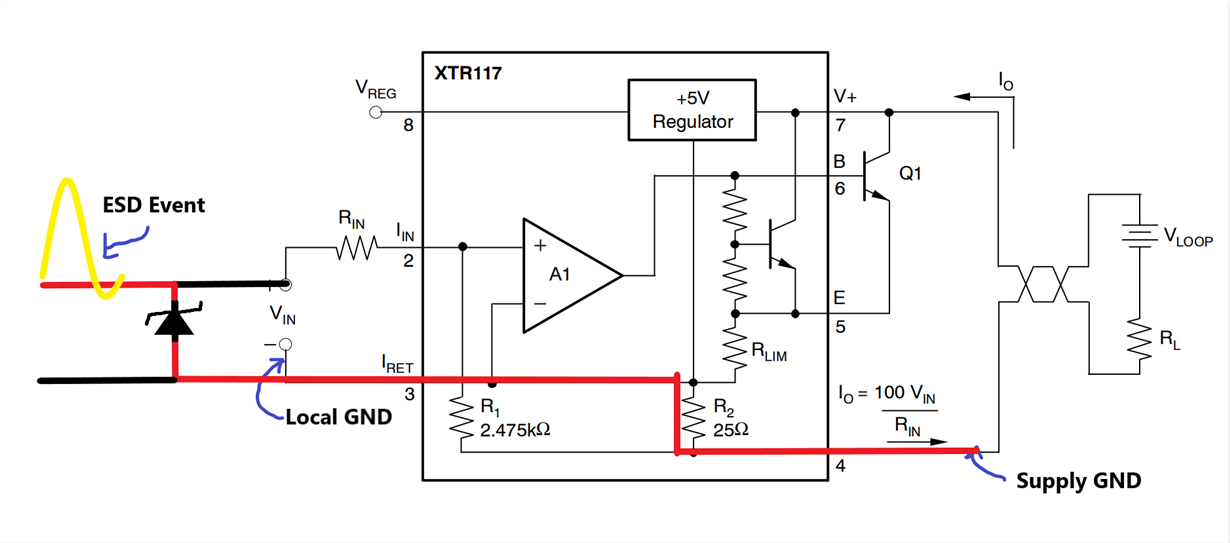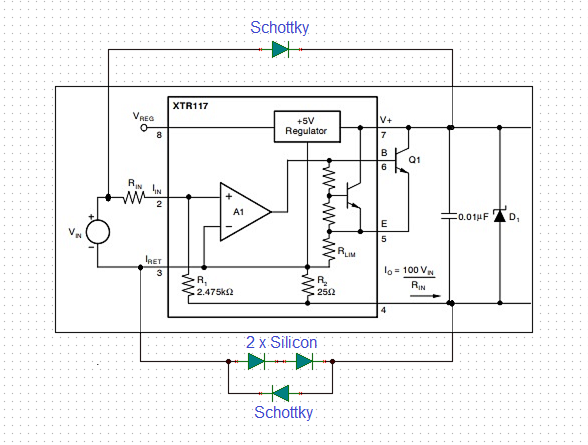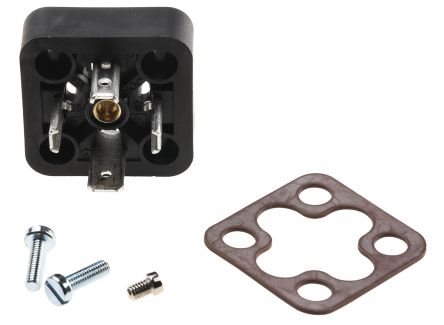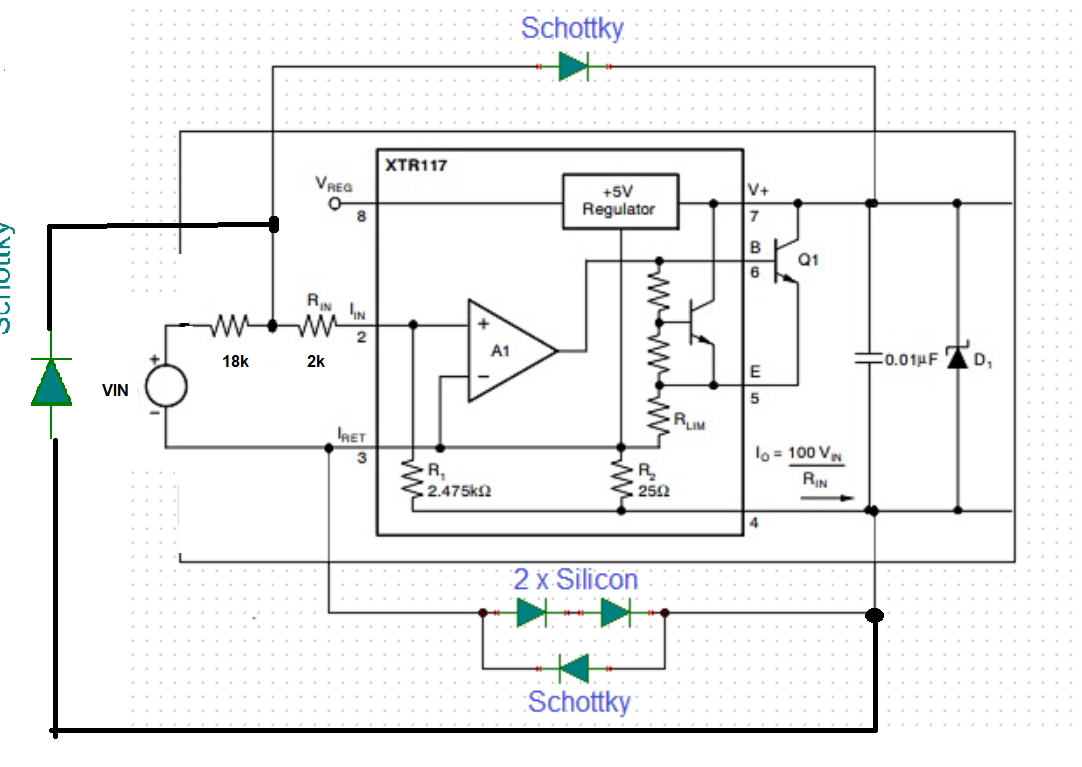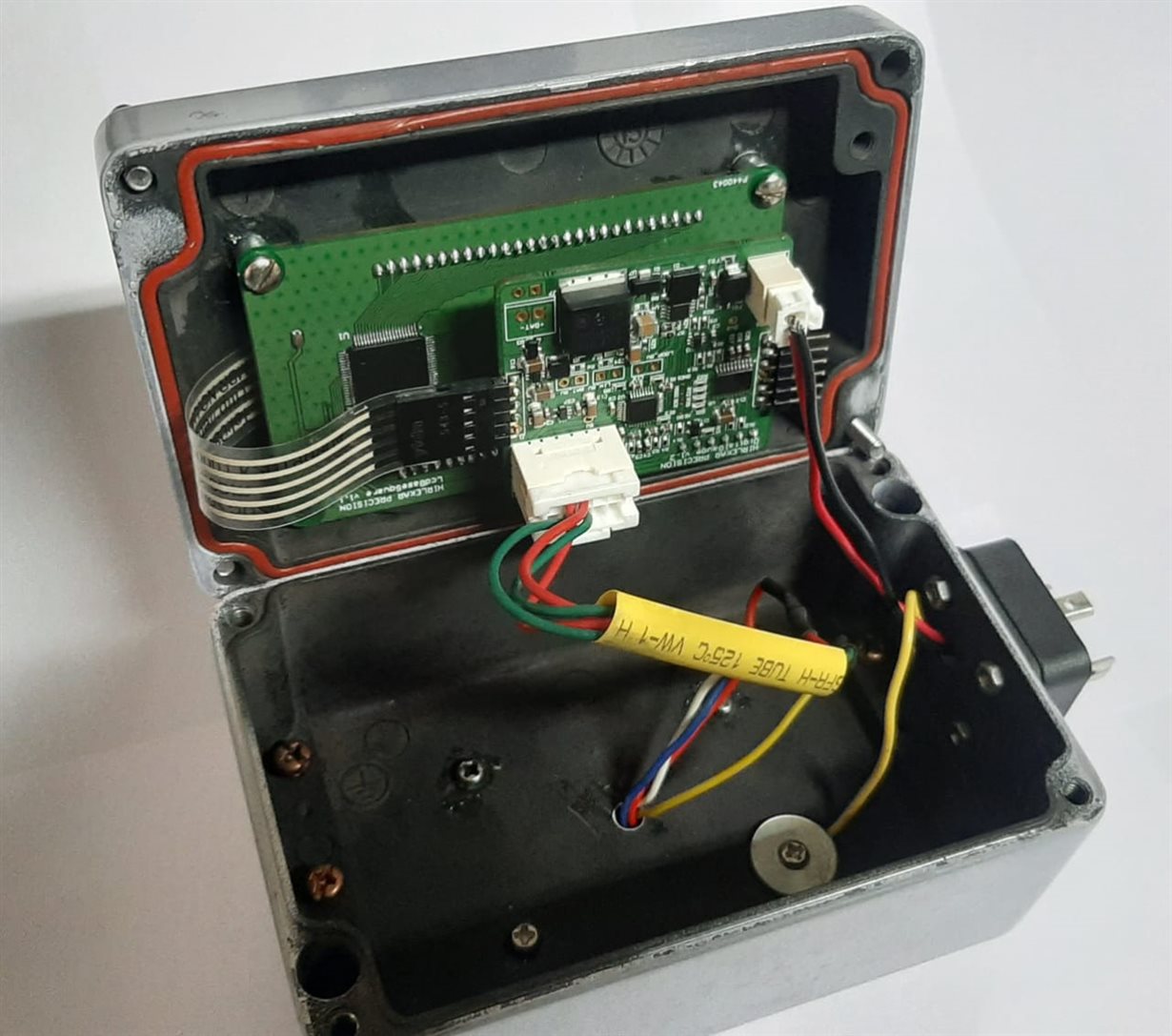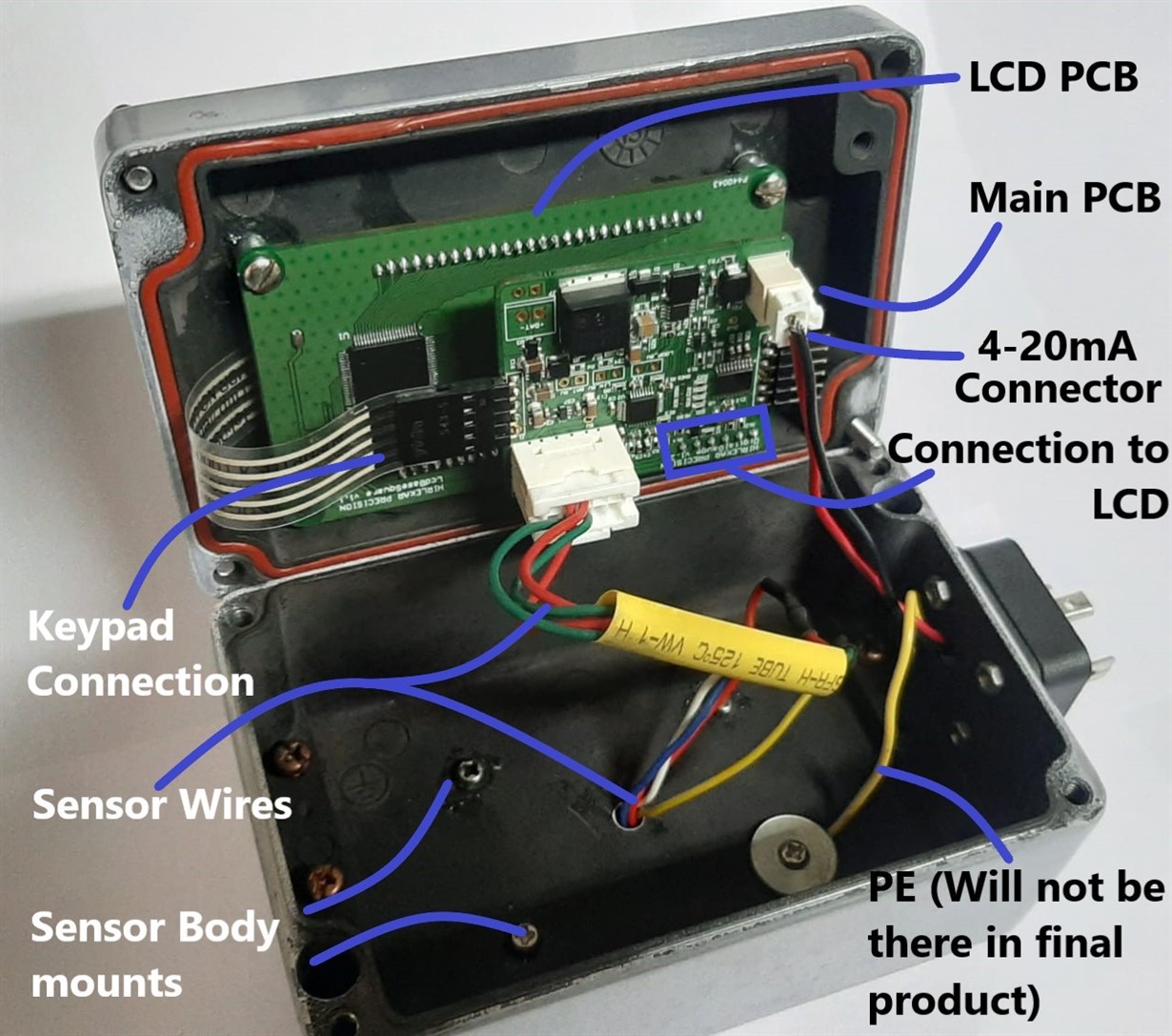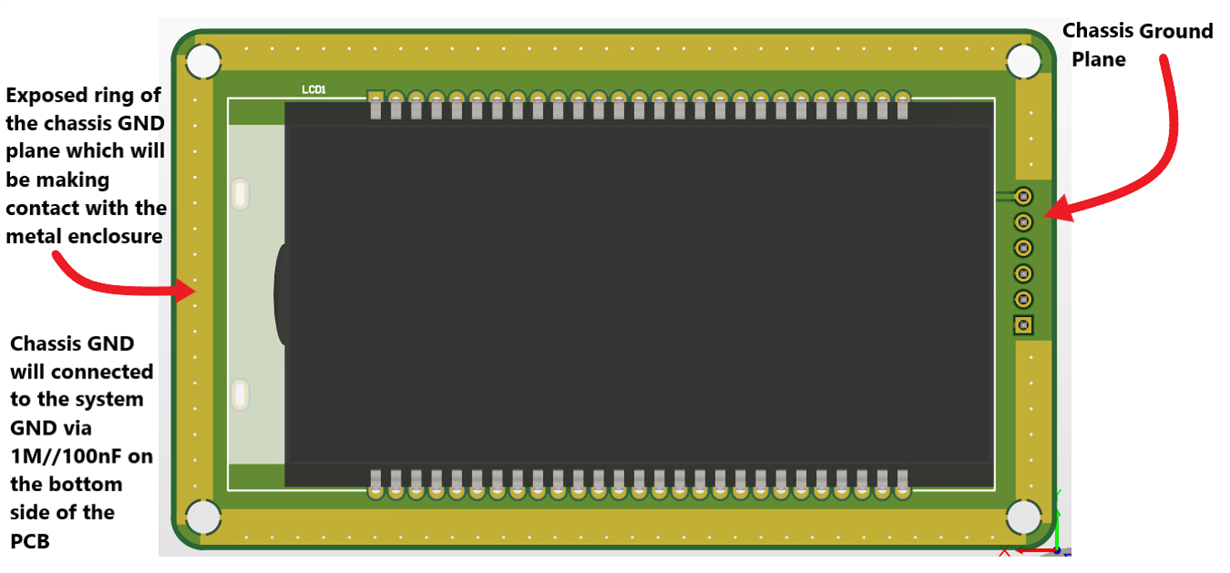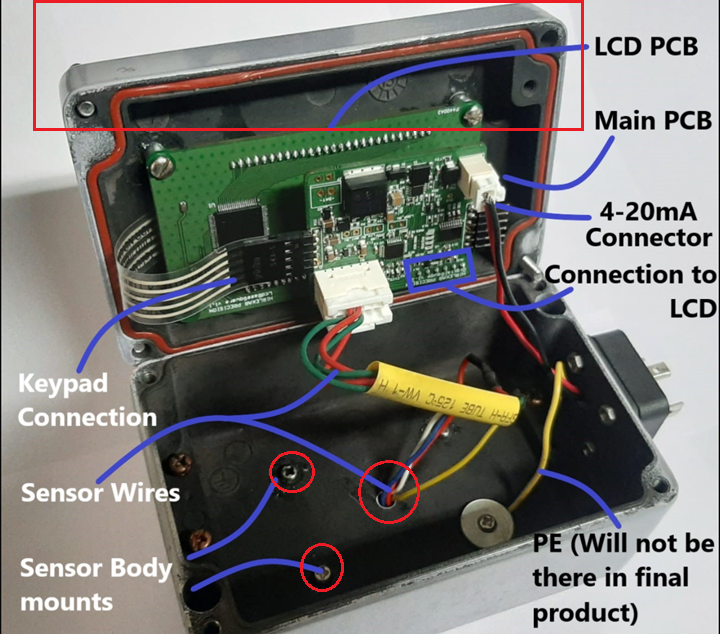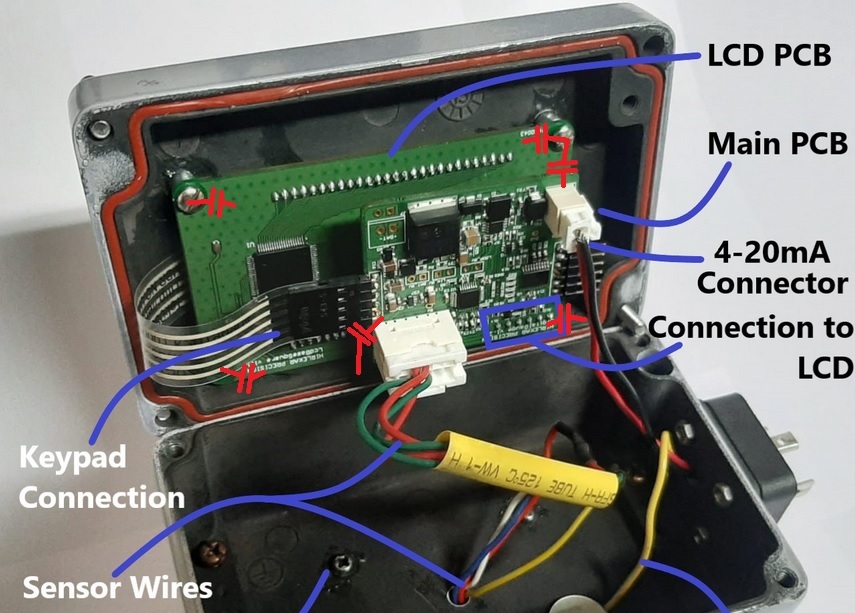Other Parts Discussed in Thread: TIPD126, PGA309, STRIKE
Hey everyone,
I am using XTR117 in transmitter product by referring TI's CerTIfied design TIPD126.
We have used same component as shown in the TI's design but we were failing the ESD immunity test. We are going for 8kV contact discharge and 15kV air discharge. We have aluminum enclosure with cut out for LCD display, membrane keypad and external 4-20mA 24V input connector. There is aluminum sensor body attached on the back of the case and sensor wire running the internally to the sensor body and in to the enclosure.
We tested the device with and without protective earth in both case the device failed damaging the XTR117 when disconnected from protective earth LCD was also damaged. When protective earth was connected (also checked that the case's both half and sensor body are connected to earth) no other component was damage apart from XTR117.
As the sensor body and case were connected to earth we hadn't provided any ESD protection devices.
Final device will be used without protective earth.
Q1. Please suggest techniques for ESD protection?
Other concern we have is. When there is ESD event occurs and TVS diode will short it to local GND which is not the supply GND or Earth but the 'local GND' which is connected to the 'supply GND' via XTR117's 25ohm internal resistor.
Q2. Even after adding the requisite protection (TVS Diodes) to the exposed pins will the XTR117 survive the ESD current surge on its Iret pin? Is there anyway to protect the IC?


